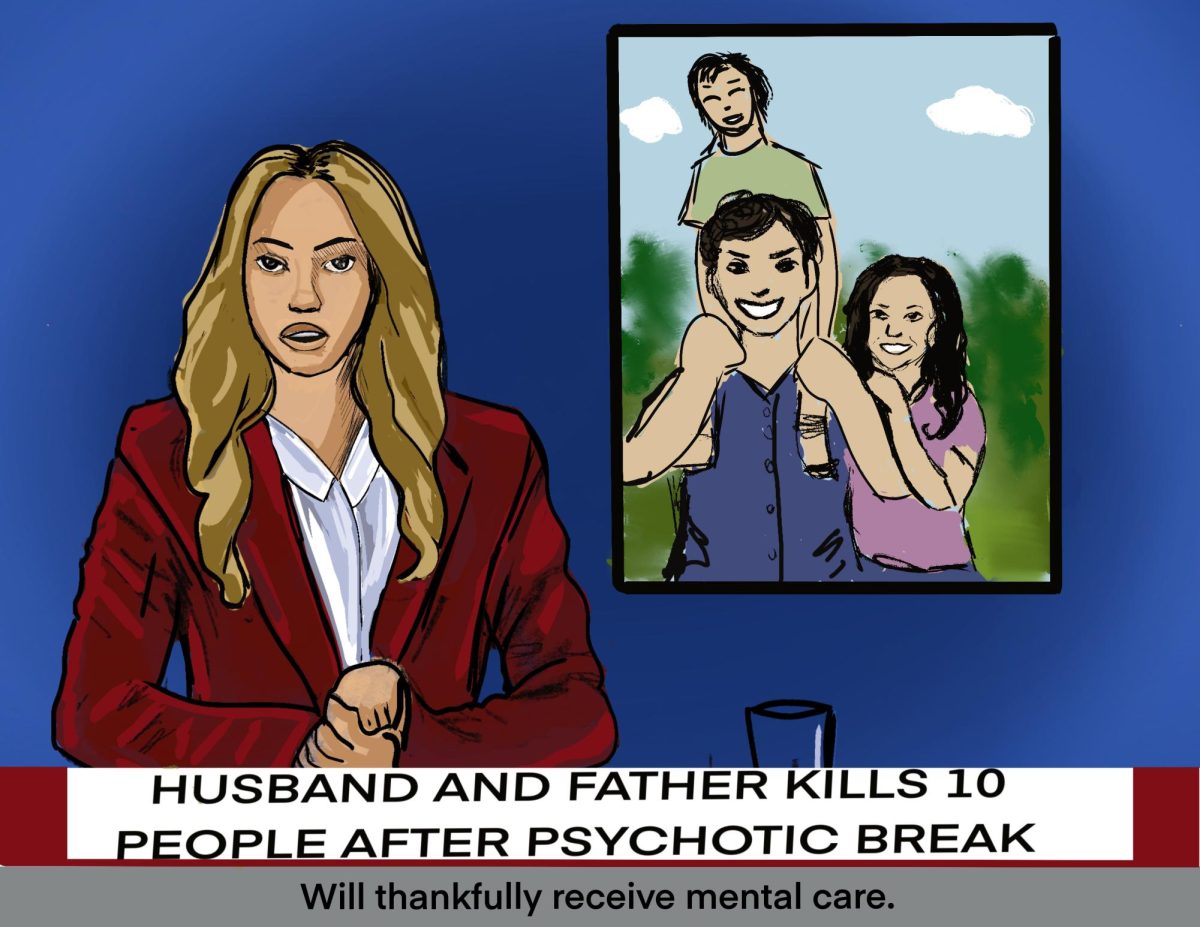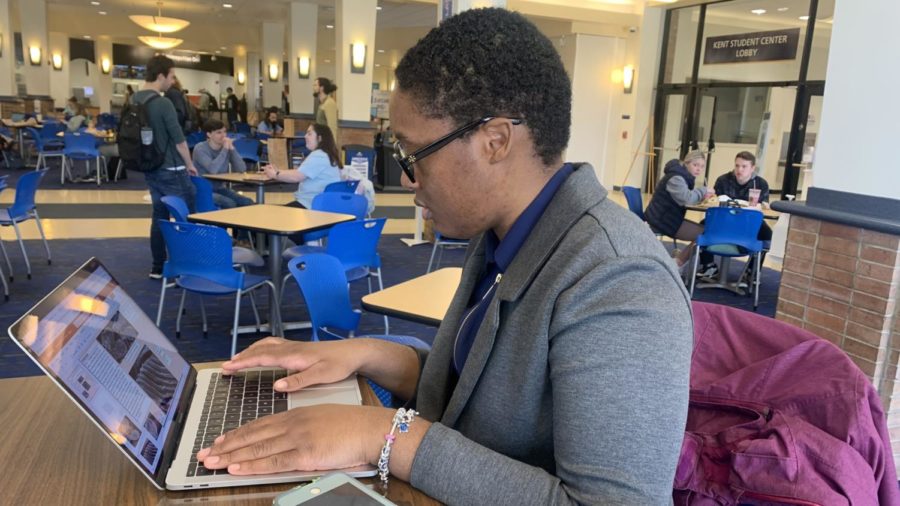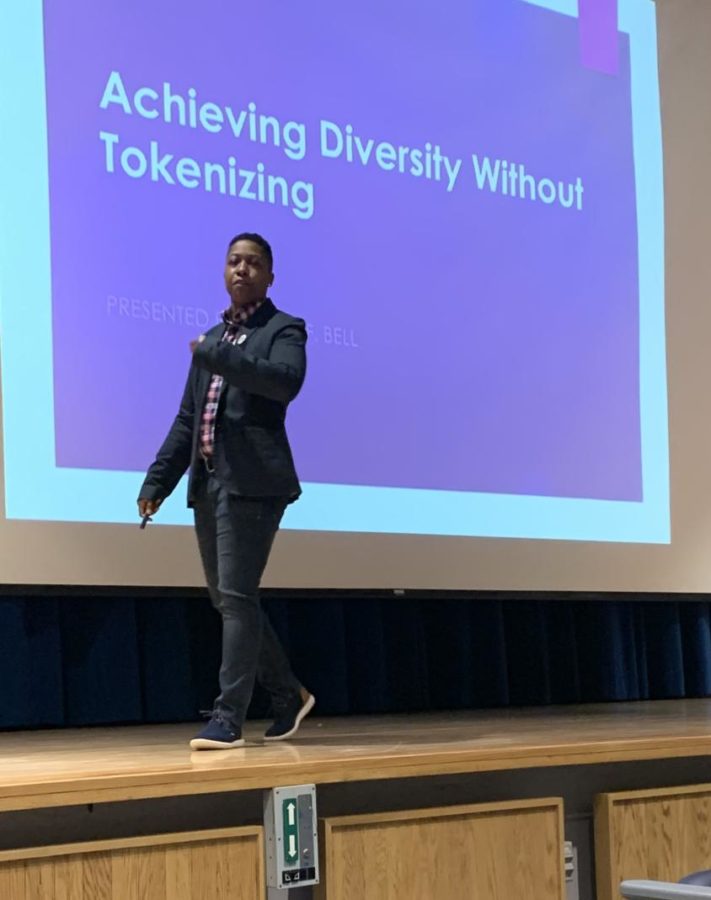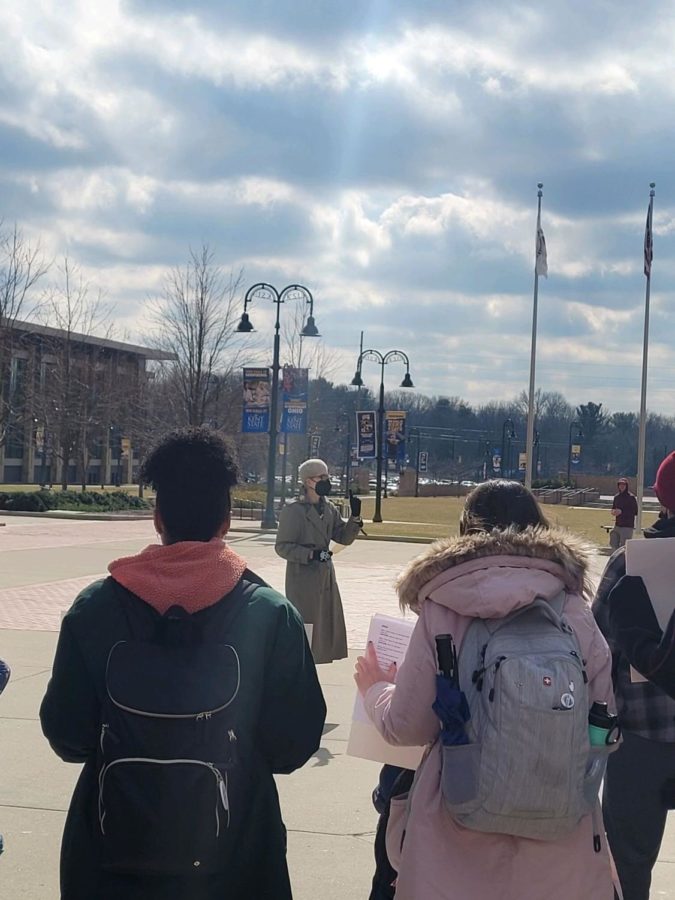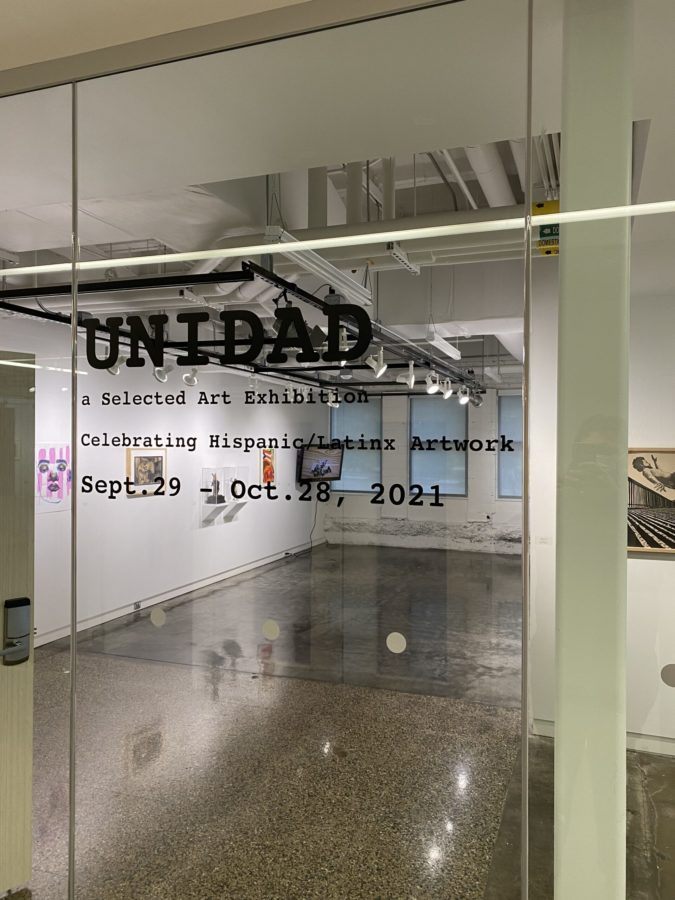Words are more than how we communicate with one another. They are vessels for our thoughts, our imagination, and worst of all, our biases.
News plays a crucial role in shaping our perceptions of the world and the people within it. Many of us trust the news to be unbiased and objective because it is meant to be a source of truth and knowledge.
So, what happens when the outlet we look to for the truth does not portray all its subjects equally?
A study conducted by The Global Strategy Group (GSG) collected the most commonly used phrases for describing criminal defendants in the news. For white defendants, the top phrases were “father”, “son”, and “man”. For stories featuring Black defendants, the top phrases were “arrested”, “accused”, and “murdered”.
Additionally, a recent study found that from 2020 to 2023, a third of articles written about Latinos depicted them in a negative or unflattering light.
Fearmongering politicians and publications have contributed to the rapid spread of hysteria around immigration. Undocumented individuals are often referred to with overtly negative terminology such as “illegal”, “invader”, and “alien”.
Negative wording when referring to specific groups in order to evoke negative thoughts and opinions on those groups is a concept known as framing.
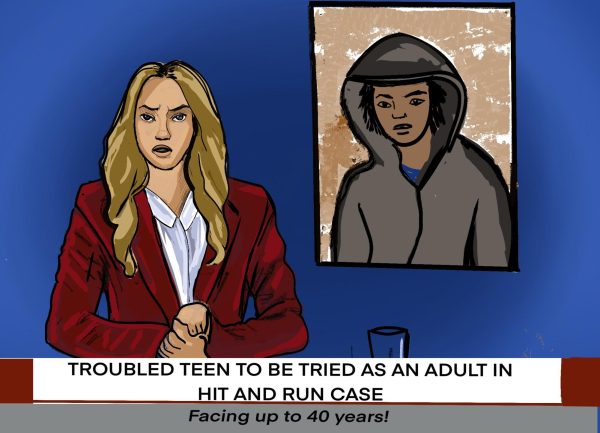
Your audience is less likely to empathize with the story of a young man if they only see pictures of them holding guns instead of pictures of them posing with their family. They are less likely to relate to them if the child is described as “dangerous” and “threatening” rather than “underprivileged” or “at-risk”.
This phenomenon is even more troubling when it becomes apparent that the effects of negative media framing don’t just increase bigoted sentiments towards people of color, but direct violence as well.
In the months following 9/11, Muslims were heavily demonized in Western news media. During this time, 60% of Americans reportedly had negative attitudes toward Muslims.
Hate crimes against Muslims, Arabs, and Sikhs grew from under 100 in 2000 to over 500 in 2001, according to FBI crime data. The number then decreased and remained somewhat stagnant until it skyrocketed again in 2016, the year Donald Trump was elected.
Deliberate bias in how individuals are portrayed in the media brews unconscious bias in its viewers, which then leads to long-lasting stereotypes that can influence not only how people treat others but also how they vote on issues affecting these groups, such as immigration and government aid.
So, where do we go from here? Will there ever be a news cycle free of biased depictions of people of color?
While negative media framing has existed for centuries, it is uncertain whether its effects can ever be fully diminished. Bias and prejudice will remain present in society as long as humans do.
However, even if we cannot fully eliminate bias from news, we can start by changing how stories are told, who is telling them, and how we consume them.
As of 2024, only 12% of investigative news reporters were Latino, 5% were Black, and 3% were of Middle Eastern descent.
By changing how our newsrooms look, we can begin to remedy how stories about people of color are told. A lack of different perspectives will always lead to a lack of fair coverage.
As viewers, we must also think critically about the media that we consume. We must remember that everyone, regardless of their background, deserves to have their story told without biases forced upon them.

